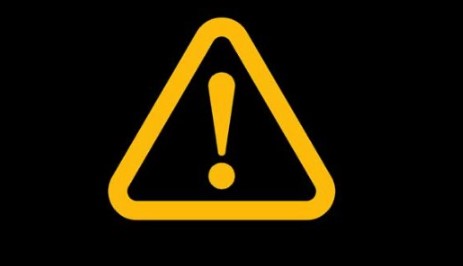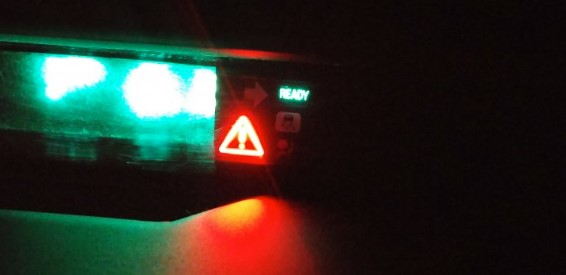As a Prius owner, you are familiar with the car’s efficiency and dependability. Unfortunately, it is not immune to issues that can arise from time to time. The Toyota Prius Master Warning Light is one of these concerns for many drivers of this model. If you’re uncertain about what the light signifies or how to address it, additional information can be found by continuing reading this article.
⚡️Another article: Toyota Avalon Years To Avoid
The Toyota Prius Master Warning Light: A Breakdown

This warning light is important for drivers to be aware of, as it could indicate a variety of issues. Understanding what the Toyota Prius Master Warning Light is and what it means can help you make better decisions on how to proceed.
| Warning Light | Meaning |
|---|---|
| Master Warning Light | It is recommended that the car owner address any potential issues with the vehicle as soon as possible to prevent further complications. |
📢Read also: Toyota Tacoma Years To Avoid
The Prius may display other warning lights in addition to the Master Warning Light. Here are a few other warning lights that you might encounter:
| Warning Light | Meaning |
|---|---|
| Check Engine Light | Indicates a problem with the engine that needs attention. |
| Brake System Warning Light | Indicates a problem with the brake system, such as low brake fluid levels or a malfunction. |
| Hybrid System Warning Light | Indicates a problem with the hybrid system, which could affect the car’s fuel efficiency and performance. |
Responding to the Master Warning Light
If the Master Warning Light comes on, it’s essential to take action right away. Here’s what you should do:
- The driver should take note of any other warning lights that may be illuminated before continuing further.
- If it is safe to do so, they must ensure the car has been stopped in a secure location such as the side of the road or a parking lot.
- Referring to the owner’s manual can help them understand what actions must be taken when they encounter a Master Warning Light.
- In cases where they are unsure of how to proceed, calling their mechanic or a tow service for assistance is advised.

Mastering the Toyota Prius Master Warning Light: Key Takeaways for Drivers
- The Toyota Prius Master Warning Light is a general alert towards the driver that there could be an issue with the car and requires immediate attention.
- Different warning lights, including Check Engine Light and Hybrid System Warning Light, can appear on the dashboard which may indicate different problems.
- If the Master Warning Light appears, it is important to check through the owner’s manual and stop in a safe place if necessary whilst seeking assistance from qualified technicians if required.
- To ensure safety for both occupants of the vehicle and other road users, it is imperative to take action as soon as possible once this warning light has been identified by drivers of Toyota Prius cars.
The Toyota Prius Master Warning Light should not be taken lightly. It is an essential indicator of possible issues with the car’s performance and safety that must never be ignored. Owners of the Prius should familiarize themselves with its meaning and appropriate response to ensure their vehicle remains in optimal condition. If any questions arise about a warning light, it is recommended to consult a trusted mechanic or dealership for assistance.
FAQs About Toyota Prius Master Warning Light
What does Toyota Master warning light mean?
The Camry’s master warning light presents as an exclamation point inside a triangle, accompanied by an audible buzzer. This alert is triggered when the vehicle’s master warning system has detected a malfunction, which will be displayed in the multi-information display.
Why would a master warning light come on?
The master warning light serves as an indicator to drivers that something is amiss with their vehicle. The cause of the alert could stem from a range of issues, depending on the make and model of car and the context in which it appears. From low tire pressure to engine performance problems, this illuminated dashboard symbol should not be ignored.
What does the triangle light mean on a Prius?
Many drivers of the Toyota Prius have reported that they experience a red “triangle of death” light in their dashboard. It has been determined that this is often due to an issue with the battery, and diagnostic codes P0A80 and P3000 are commonly associated with it. The code P3000 specifically refers to a problem within the vehicle’s battery control system.

